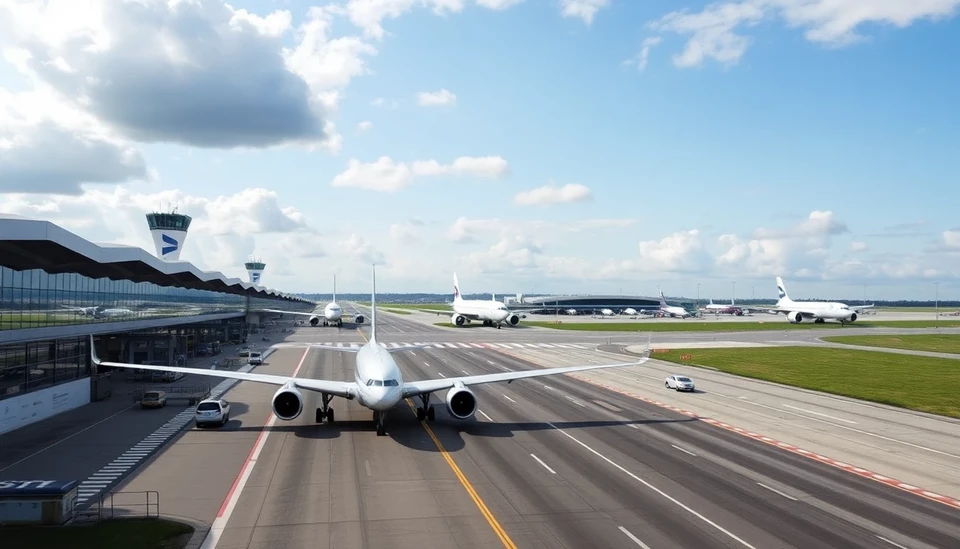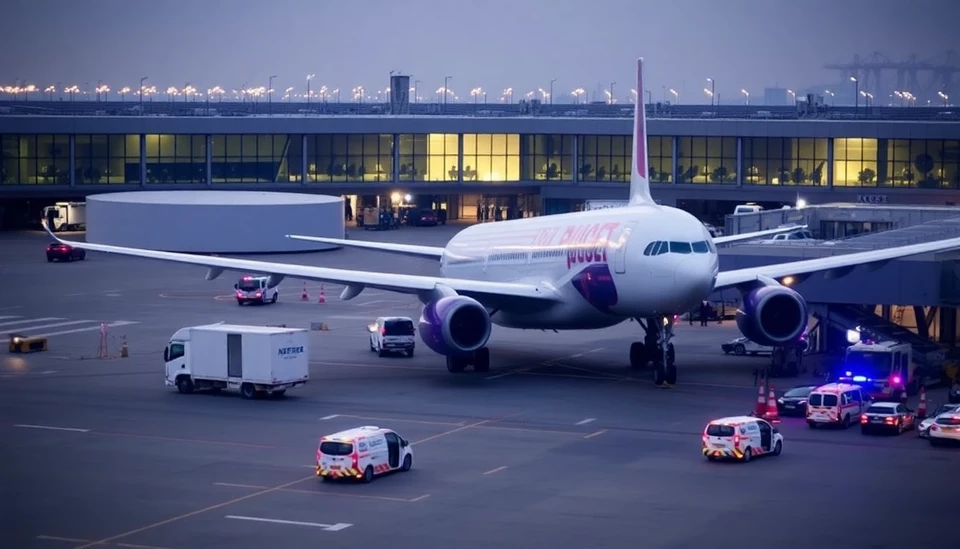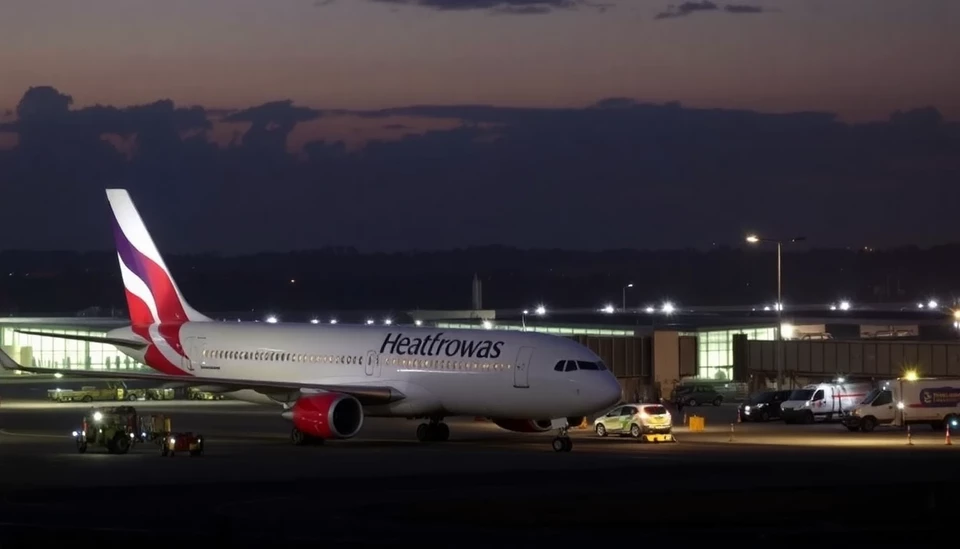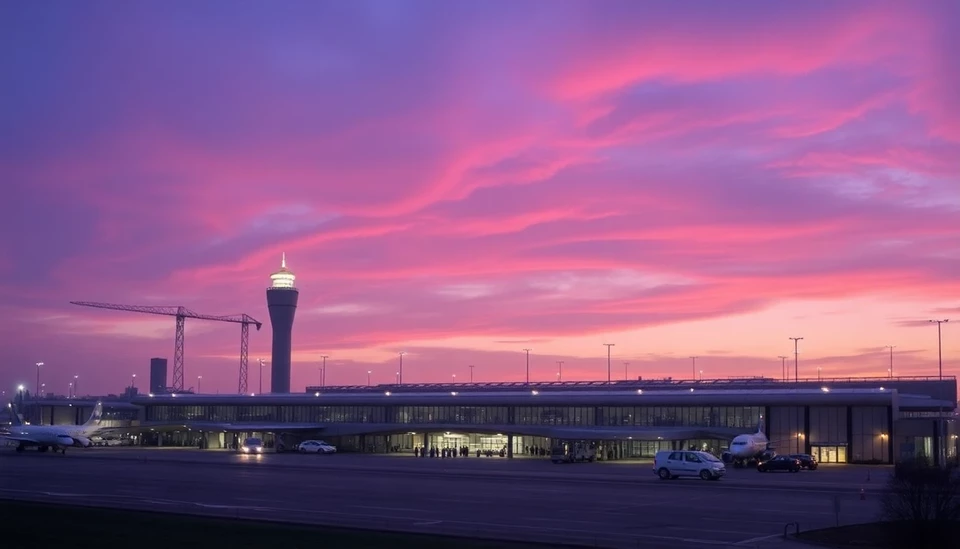
Heathrow Airport, one of the busiest air travel hubs in the world, is poised for a significant expansion that hinges on technological advancements aimed at reducing its carbon footprint. The ambitious project, however, raises questions about the reliability and effectiveness of these unproven technologies in addressing the climate crisis.
The development is viewed as crucial in enabling Heathrow to accommodate an anticipated surge in air traffic, but critics argue that it may also exacerbate the airport's environmental impact unless tangible results are achieved through the newly proposed innovations.
Various cutting-edge technologies are being explored to mitigate the carbon emissions generated by air travel associated with the expansion. These include biofuels, which are derived from organic materials, and potentially carbon capture systems designed to sequester emissions produced during aircraft operations. While proponents of these technologies highlight their potential, many environmentalists remain skeptical, pointing out that these solutions are still largely experimental and may not deliver the promised reductions in greenhouse gas emissions.
Furthermore, concerns have been raised about the feasibility of scaling these technologies to meet the demands of a growing airport environment. Experts stress that merely investing in technology without tangible proof of its efficacy could lead to a false sense of security, allowing the airport to expand while inadvertently worsening its carbon output.
The pressure on Heathrow to minimize its environmental impact is amplified by increasing regulatory scrutiny and the global push for sustainable practices within the aviation industry. Airlines and airport authorities are facing mounting pressure from governments and environmental groups alike, urging them to take concrete steps in line with climate goals agreed upon during international summits.
As Heathrow moves forward with its expansion plans, it faces a pivotal moment that could shape the future of air travel in a carbon-constrained world. The airport's management must navigate the complex landscape of public opinion and regulatory expectations while aggressively pursuing these innovative technologies that promise a greener future for air travel.
Heathrow's decision to bet on these unproven solutions illustrates the aviation industry's broader dilemma: how to balance growth with sustainability. With air travel projected to continue its upward trajectory, the challenge lies in ensuring that expansion does not come at the expense of the planet. As more stakeholders weigh in on the ongoing debate, the outcome of Heathrow's expansion plan will be closely watched as a potential model—or cautionary tale—for other airports worldwide.
The stakes are undoubtedly high, and both industry leaders and environmentalists are keen to see how this ambitious project unfolds in light of its environmental commitments. As technology evolves and pressures mount, the coming years will reveal whether Heathrow's gamble on untested solutions can pave a sustainable path for future air travel.
In summary, while Heathrow's expansion ambitions are commendable in terms of meeting future travel demand, the reliance on unproven technologies raises critical concerns about its long-term sustainability and environmental footprint.
#Heathrow #AirportExpansion #ClimateImpact #GreenTechnology #SustainableAviation #Biofuels #CarbonCapture #EnvironmentalConcerns
Author: Peter Collins




